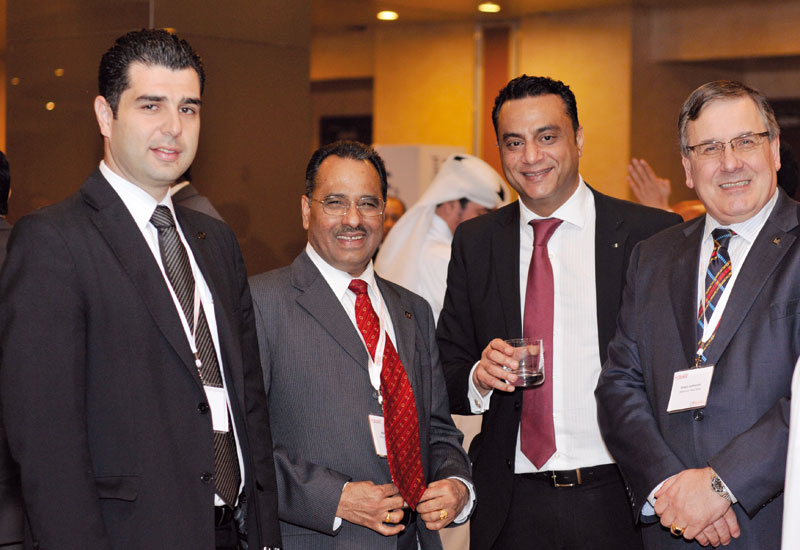Lessons from South Africa
Viability’s Guy Wilkinson provided an interesting comparison with the hotel and tourism figures for the World Cup in South Africa in 2010.
While the tournament helped to attract 14 million tourists to the country in the winter month of June, he added “there were some problems that Qatar could surely learn from”.
“The hotels, particularly in Cape Town overcharged and they lost occupancy, which brings up the topic of revenue management,” he said.
“There were 286,000 extra visitors, which was below expectations of over 450,000 visitors — due to the global recession some couldn’t afford to go and prioritised spending elsewhere.”
Added to this was a logistical problem of the Match Committee overbooking seats and returning them too late to the market.

| Advertisement |
It is estimated by UBS Investment Research that the World Cup contributed between 0.5% and 2.2% towards South Africa’s GDP.
FIFA World Cup 2022: key facts & figures
• To be staged in June/July 2022 — 11 years from now
• 64 matches
• Three to four matches per day
• Over last 20 years, Qatar hosted
• 1995 FIFA U-20 World Cup
• 2006 Asian Games
• 2011 AFC Asian Cup
• Qatar World Cup bid among nine
from 11 countries (there were
two joint bids)
• Bid for:
• first Arabian World Cup
• first carbon-neutral World Cup
• Qatar beat the US by 14 votes to eight in the final round
US$86.5 billion of new projects to be ready for 2022
• Stadiums
• Hotels and other accommodation
• 36 Venue-Specific Training Sites
• 64 Team Base Camps (54 new)
• New Doha International Airport
• New Doha Port
• Rail Network and Metro
• Qatar-Bahrain Friendship Bridge
• New roads
• Lusail, including:
• Qatar Entertainment City
• Energy City Qatar
• Barwa Financial District
• Musheirib
• The Pearl Qatar — which will feature six luxury hotels
• Al Waab City
• The Gate









 Search our database of more than 2,700 industry companies
Search our database of more than 2,700 industry companies









